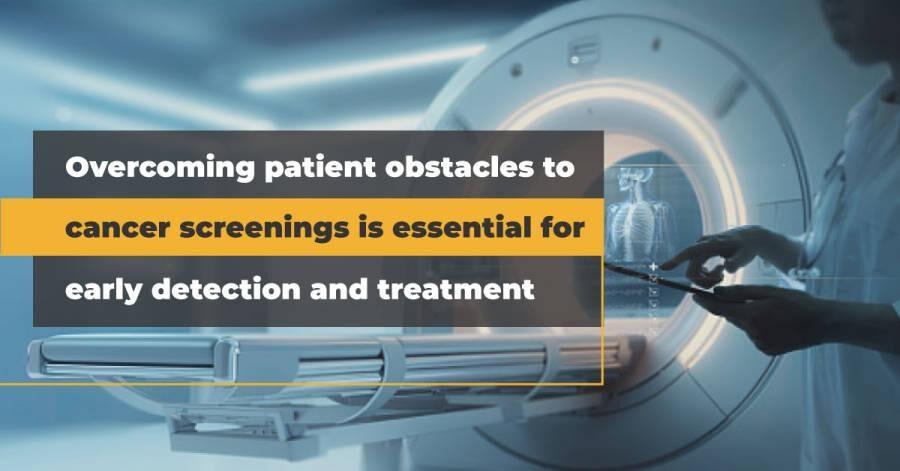
As we step into 2025, the start of a new year offers patients a chance to focus on their health and well-being. As a member of the healthcare community, you already know the importance of scheduling cancer screenings.
You also probably know that a large number of patients postpone or neglect these appointments, even though the data shows that such decisions can be deadly.
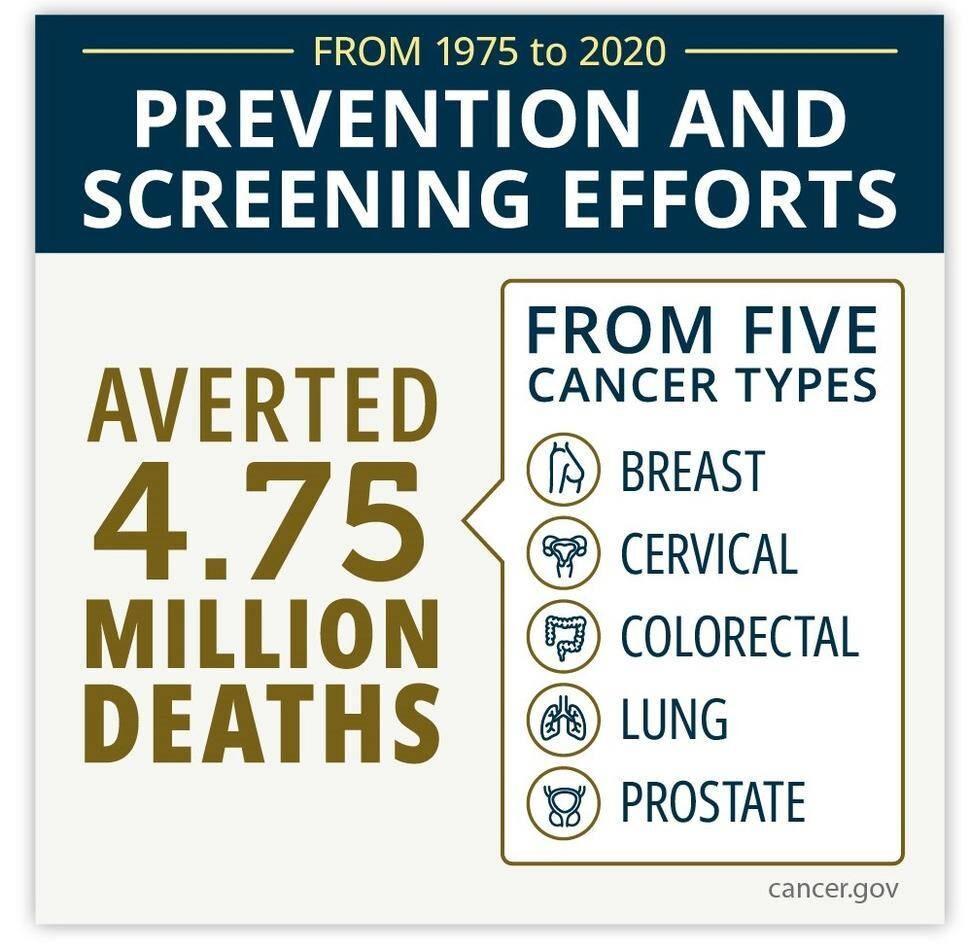
A recent study published in JAMA Oncology highlights that prevention and screening interventions were responsible for averting 80% of deaths from five major cancers between 1975 and 2020. These cancers—breast, cervical, colorectal, lung, and prostate—account for nearly half of all new cancer diagnoses and deaths. The takeaway is clear: Routine screenings and preventive measures are often more effective at saving lives than treatments themselves.
So what can medical staff do to overcome patient obstacles to cancer screenings? Keep reading to find out.
Sign up to get the latest industry news and offers right in your inbox
The Power of Cancer Prevention and Screening
The study, conducted by researchers at the National Cancer Institute (NCI), found that between 1975 and 2020, prevention and screening collectively averted 4.75 million deaths compared to the 1.2 million lives saved through treatment advances.
Here’s how prevention and screening impacted each cancer type:
- Breast Cancer: Averted 1 million deaths, with 25% of lives saved through mammography screenings.
- Lung Cancer: Averted 3.45 million deaths, with 98% of lives saved due to tobacco control efforts.
- Cervical Cancer: Averted 160,000 deaths through regular Pap and HPV screenings, which detect precancerous lesions.
- Colorectal Cancer: Averted 940,000 deaths, with 79% of lives saved through routine screenings like colonoscopies.
- Prostate Cancer: Averted 360,000 deaths, with 56% of lives saved through PSA screenings.
These findings underscore a surprising truth: Prevention and early detection save more lives than treatment.
Read More: “Estimation of Cancer Deaths Averted From Prevention, Screening, and Treatment Efforts, 1975-2020” – JAMA Oncology
Read More: “In five cancer types, prevention and screening have been major contributors to saving lives” – National Cancer Institute
Cancer Awareness Months: A Call to Action for 2025
One way to help patients stay on top of cancer screenings is to incorporate awareness campaigns as part of the office culture. Just like you would decorate for Halloween or some other holiday, consider posting signage and relevant reminders around various healthcare days, weeks, or months.
Put the signs in high-traffic areas or near the hand sanitizer dispensers where patients are sure to see them, and have printed infographics that patients can take home with them. These one-pagers should be simple to read, with easy-to-understand information, and clear directions on how to schedule a screening appointment. QR codes are great for those with smart phones, and a website URL or phone number is handy too.
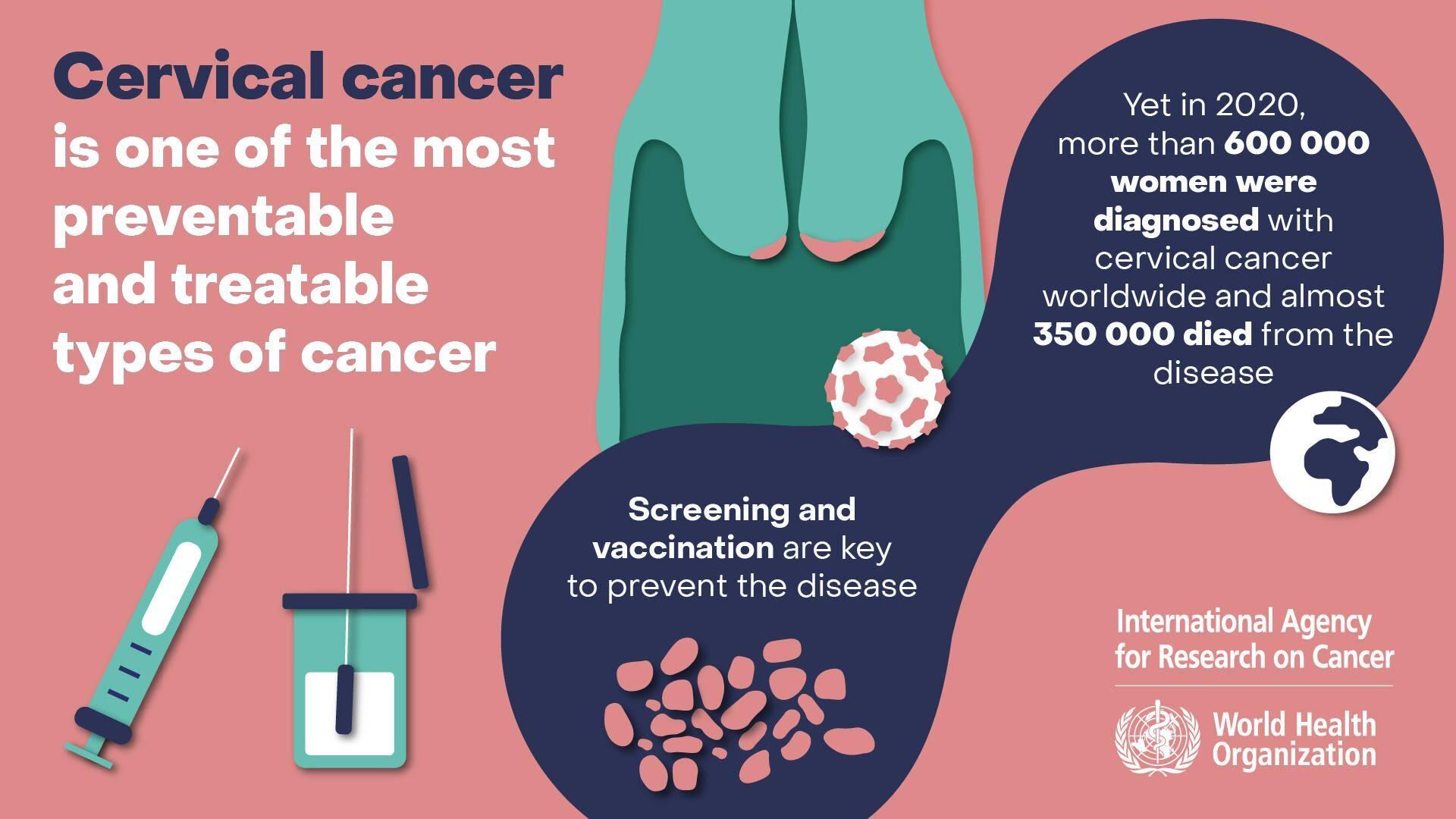
Here are a few upcoming awareness months to keep in mind as you prepare the office staff:
- January: Cervical Health Awareness Month, focusing on the importance of Pap smears and HPV screenings. Early detection can reduce mortality by more than 50%.
- February: National Cancer Prevention Month and Gallbladder and Bile Duct Cancer Awareness Month
- March: Colorectal Cancer Awareness Month. Colonoscopies can reduce mortality by up to 68% by detecting precancerous polyps.
- April: Esophageal Cancer, Head & Neck Cancer, and Testicular Cancer Awareness—offer patients information about self-exams and symptoms to report.
- May: Melanoma and Skin Cancer Awareness—share tips on how to spot suspicious moles and other changes in skin appearance or texture.
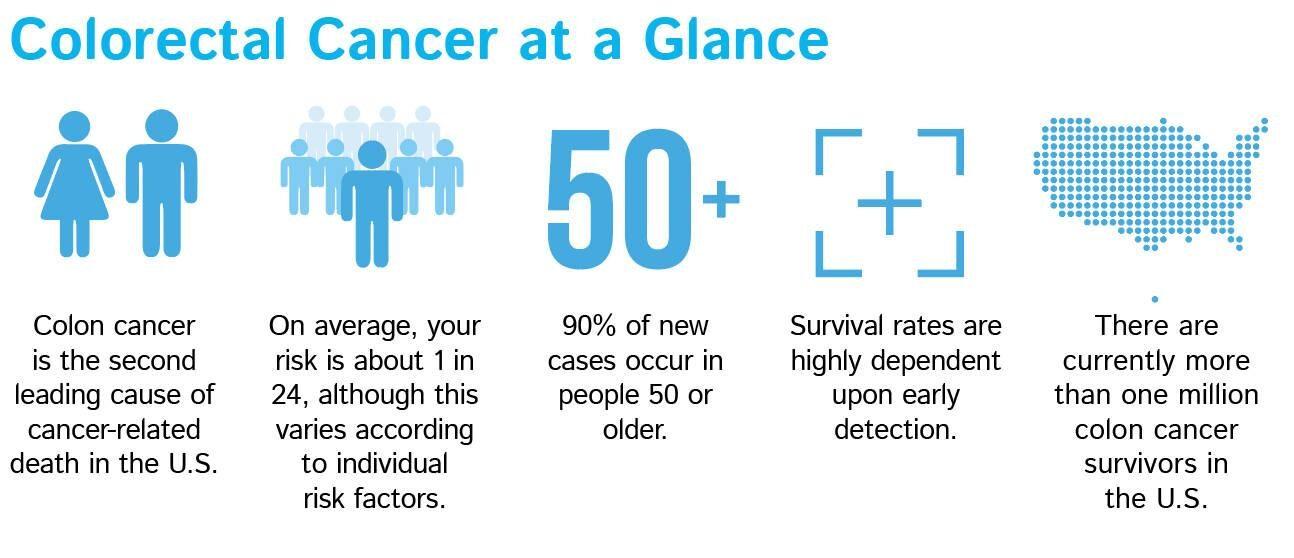
Source: American Cancer Society
Strategies to Address Common Barriers Preventing Patients From Making Appointments
The research is clear: Early detection through prevention and screening can save lives—more than treatment alone ever could. Routine cancer screenings give doctors the tools to find cancers before symptoms even appear, allowing for quicker, more effective interventions.
Medical staff can adopt a variety of strategies to address the most common barriers that keep patients from scheduling these potentially life-saving screening appointments.
Increase Awareness Through Education
- Simplify Information: Provide clear and concise educational materials that explain the importance of cancer screenings, the process, and potential outcomes.
- Culturally Relevant Messaging: Tailor education to address cultural beliefs, myths, or stigmas surrounding cancer and screenings.
- Community Outreach: Partner with local organizations, faith-based groups, or schools to educate populations in their communities.
Address Financial Barriers
- Inform Patients About Coverage: Help patients navigate insurance coverage for screenings under the Affordable Care Act or other programs.
- Provide Free or Low-Cost Options: Connect patients with local or national resources offering free or subsidized screenings.
- Advocate for Assistance Programs: Work with social workers or case managers to secure financial aid or transportation assistance for patients in need.
Improve Access
- Flexible Scheduling: Offer evening or weekend appointments to accommodate working individuals.
- Mobile Screening Units: Bring screenings directly to underserved areas to reduce the need for travel.
- Telehealth: Use telehealth services to pre-screen or counsel patients about the process.
Build Trust and Reduce Anxiety
- Personalized Communication: Establish a rapport with patients by discussing their specific risks and concerns.
- Address Fears and Misconceptions: Normalize the process and outcomes by explaining what happens during and after a screening.
- Use Peer Advocates: Engage survivors or community leaders to share their positive experiences.
Leverage Technology
- Automated Reminders: Use text messages, calls, or emails to remind patients of upcoming screenings.
- Patient Portals: Provide easy online scheduling and access to educational resources.
- Data Analytics: Identify patients at high risk or with overdue screenings and proactively reach out.
Collaborate with Employers
- Workplace Programs: Encourage workplaces to offer on-site cancer screening days.
- Incentives for Participation: Partner with employers to offer wellness incentives for employees who complete screenings.
Provide Culturally Competent Care
- Hire Diverse Staff: Employ bilingual or bicultural team members to communicate effectively with diverse patient populations.
- Cultural Sensitivity Training: Equip staff with skills to understand and respect cultural nuances around health and cancer prevention.
Monitor and Follow Up
- Track Compliance: Use electronic health records to flag patients who miss screenings.
- Proactive Follow-Up: Reach out to patients who express hesitation or fail to attend appointments.
These measures require collaboration across healthcare teams, community organizations, and policy-makers to effectively remove barriers and improve cancer screening rates.
But remember: Routine screenings and preventive measures are often more effective at saving lives than treatments themselves. Therefore, the effort is worth the reward.
Enhancing Comfort and Care with Premium Medical Seating for Oncology Treatments
A cancer diagnosis can be life-changing, and for many patients, infusion therapies like chemotherapy can require hours of treatment at a time. During these lengthy sessions, comfort and support become critical to reducing stress, promoting relaxation, and empowering patients to take control of their treatment experience.
Functional—and comfortable—medical seating plays a key role in patient care, particularly in infusion centers where patients spend hours at a time receiving vital therapies. Ergonomic adjustable seating not only supports physical well-being but also improves emotional and psychological comfort, which can be vital for treatment adherence and outcomes.
Champion’s Alō Treatment Recliner balances patient comfort with caregiver efficiency, featuring customizable options like powered recline, supine Trendelenburg positioning, and plush cushioning for extended treatment sessions. Its space-saving design, easy-to-clean surfaces, and durable steel frame make it ideal for busy facilities.
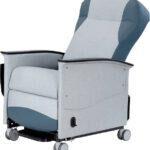
Key Features:
- Ergonomic Comfort: Fully adjustable seating for extended therapy sessions.
- Durability: Steel frame with modular design for easy repairs.
- Convenience: USB charging ports, articulating tablet arm, and optional heat + massage.
- Patient Empowerment: Quick-release seat and swing-away arms for easy access and mobility.
Investing in the Alō Treatment transforms the infusion process, making it more comfortable, convenient, and supportive for patients and caregivers alike. This premium chair helps reduce stress, improve treatment adherence, and ultimately contribute to better patient outcomes.
To view Champion’s entire portfolio of products, browse our digital catalog. Then, request a quote for your facility.
